Logic Tutorial: Using Vintage Keys – Step by Step
In this step-by-step guide Mark Cousins explores vintage keys… 1: The drop-down menu in the top left-hand corner of the Vintage Electric Piano lets you select the various models on offer. As well as the Rhodes models (like Suitcase Mark I), there are also models of various Hohner and Wurlitzer pianos. 2: The tremolo effect […]

In this step-by-step guide Mark Cousins explores vintage keys…
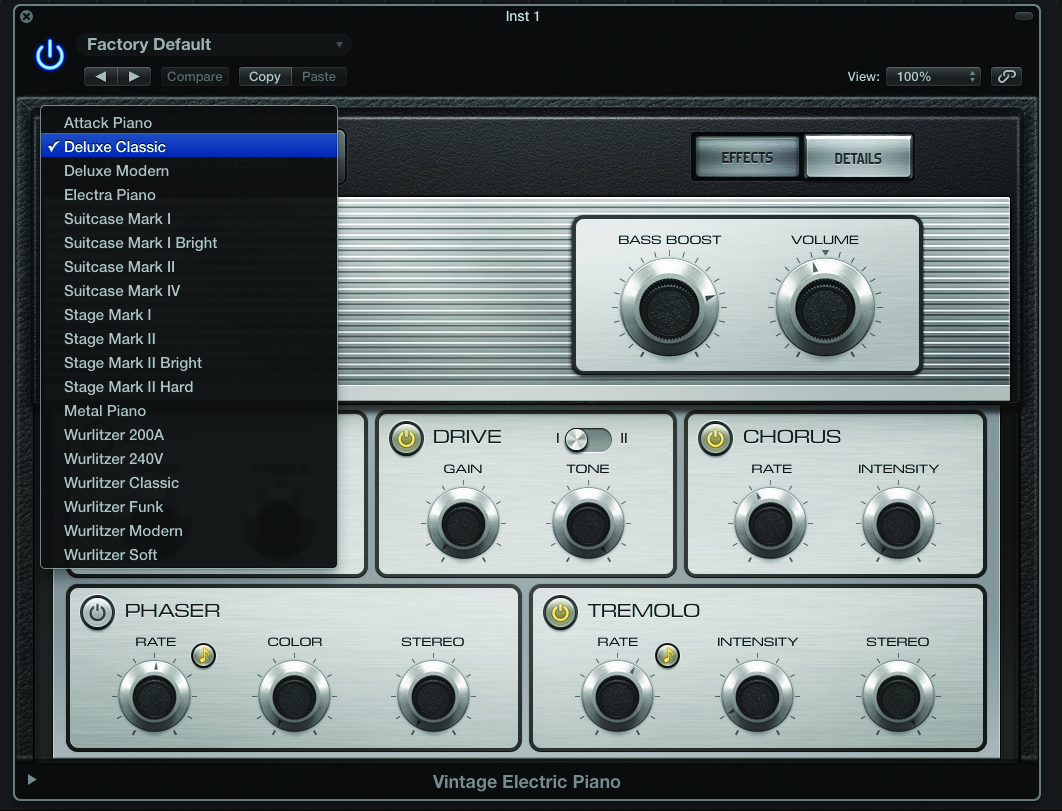
1: The drop-down menu in the top left-hand corner of the Vintage Electric Piano lets you select the various models on offer. As well as the Rhodes models (like Suitcase Mark I), there are also models of various Hohner and Wurlitzer pianos.
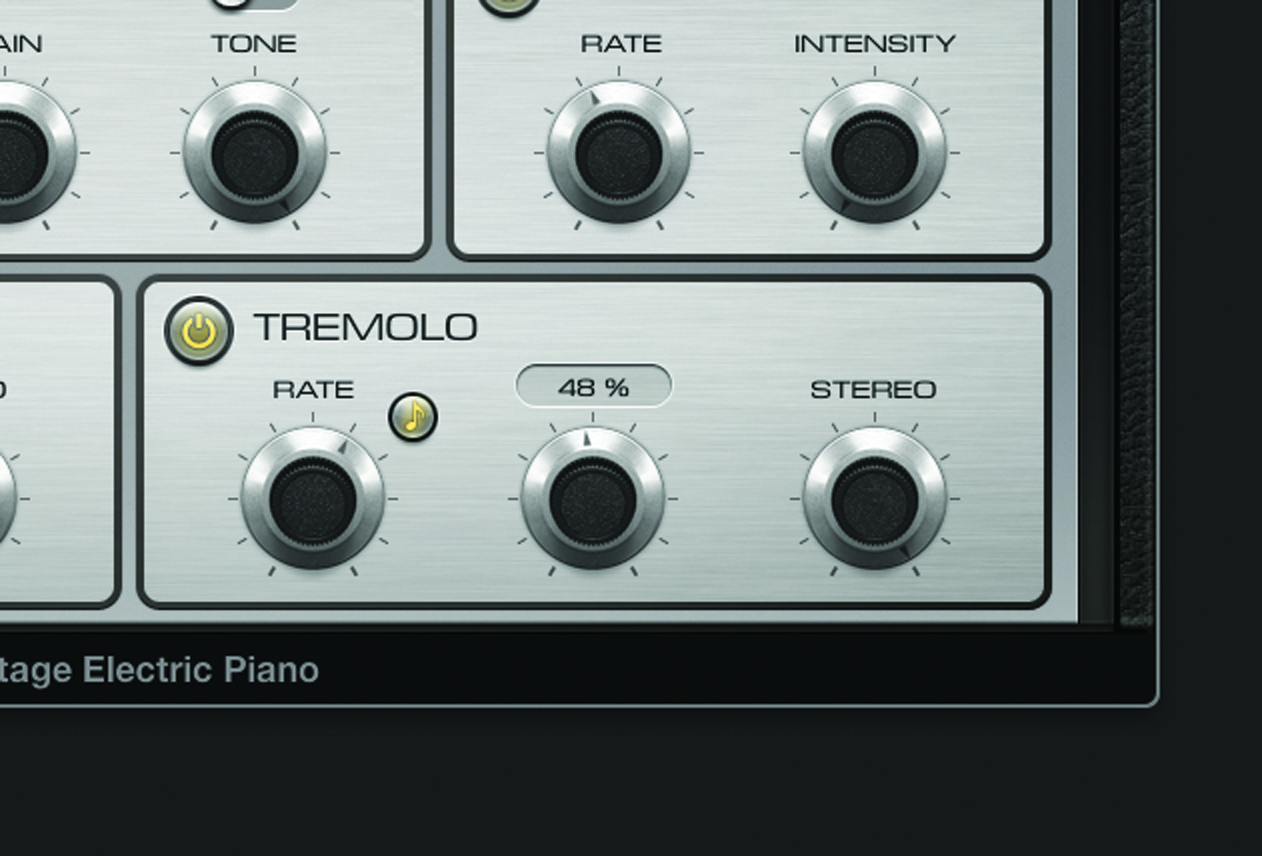
2: The tremolo effect is synonymous with Electric Piano, providing a characteristic ‘wobbling’ effect. Raise the Intensity control (also controlled via the Mod Wheel) to hear more of the tremolo effect – from a light shimmering, to a noticeable amplitude modulation.
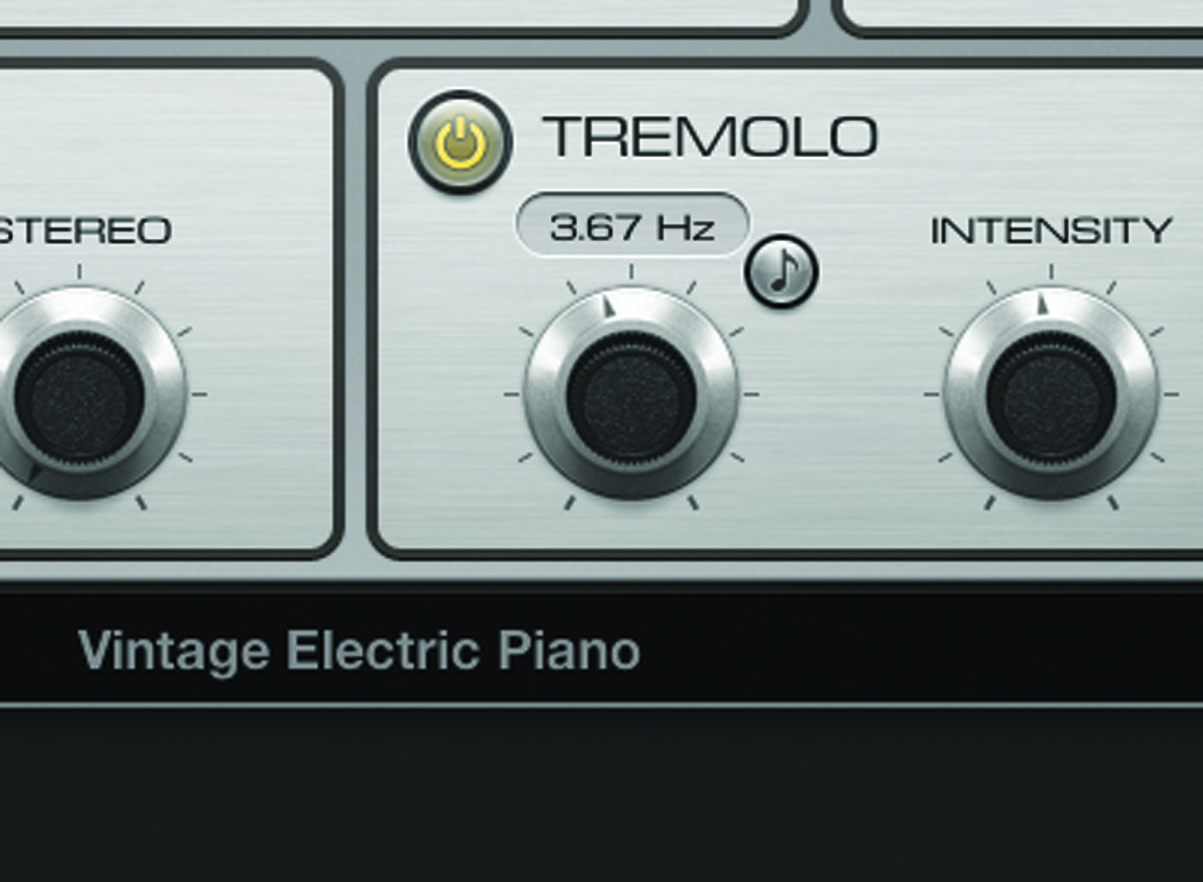
3: As well as intensity, the rate of the tremolo effect is another important control. For example, you could use a slow undulating tremolo that syncs to the tempo of the track, or use a faster vibrato-like rate that runs out-of-sync with the track.
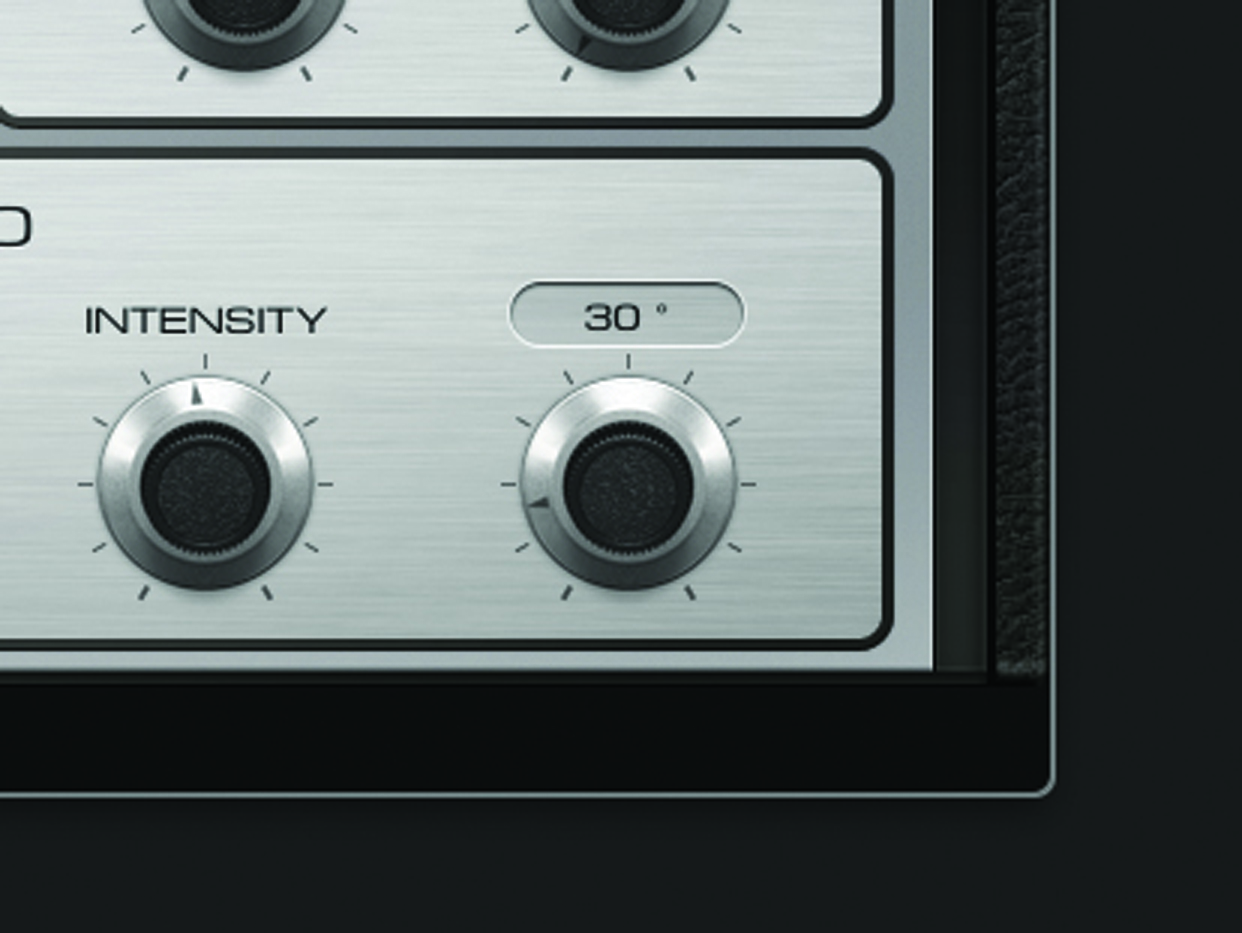
4: Stereo is easy to overlook, but its role is just as vital. At 180º, the tremolo wobbles between the two speakers, alternating left then right. At 0º the tremolo is amplitude modulation, where the volume of the piano is pulsed up and down accordingly.
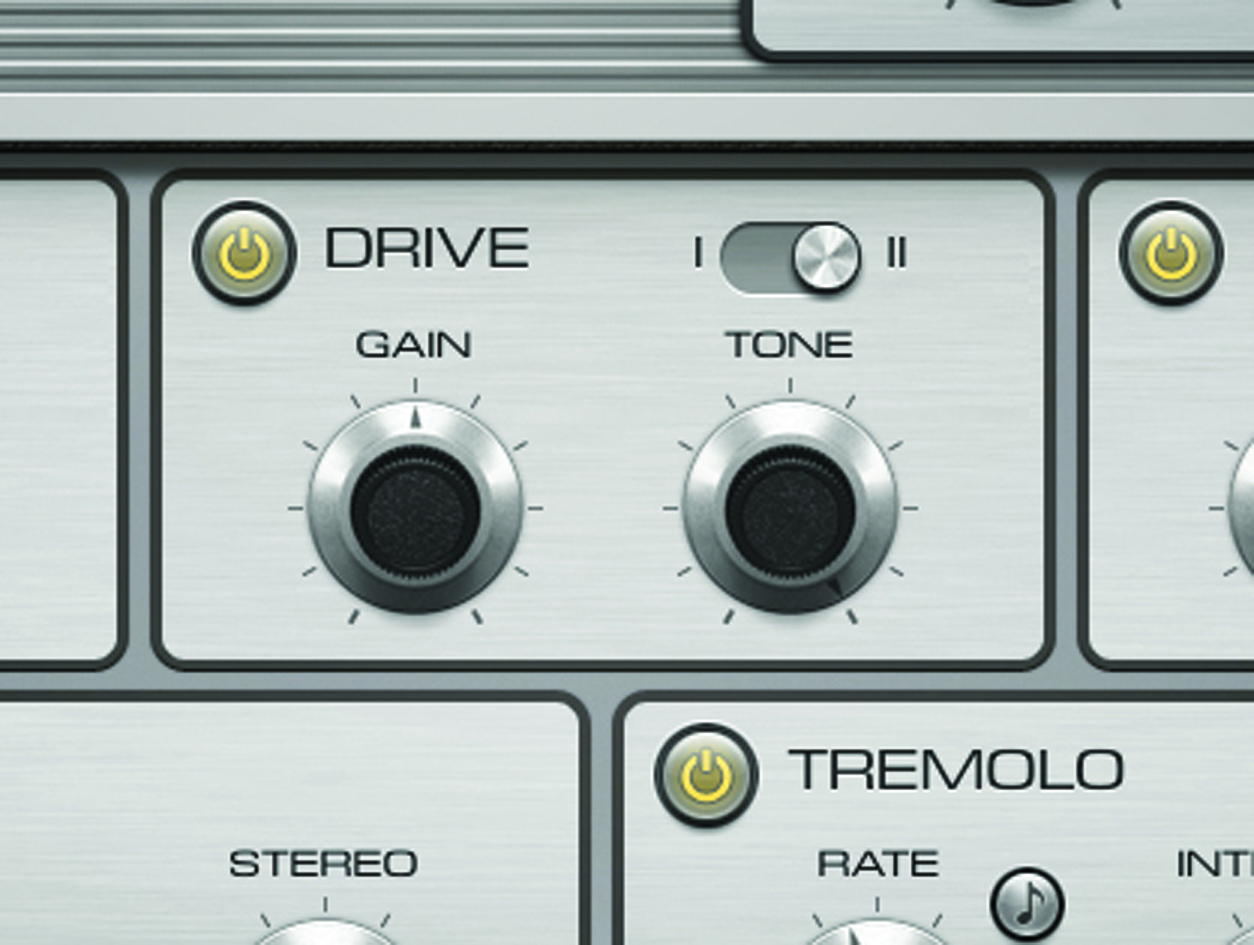
5: Adding a small amount of drive is a great way of beefing-up the bell-like sound of an Electric Piano. Use small amounts of Type I for a little extra body, or more extreme amounts of Type II for a heavier distortion on lead lines.
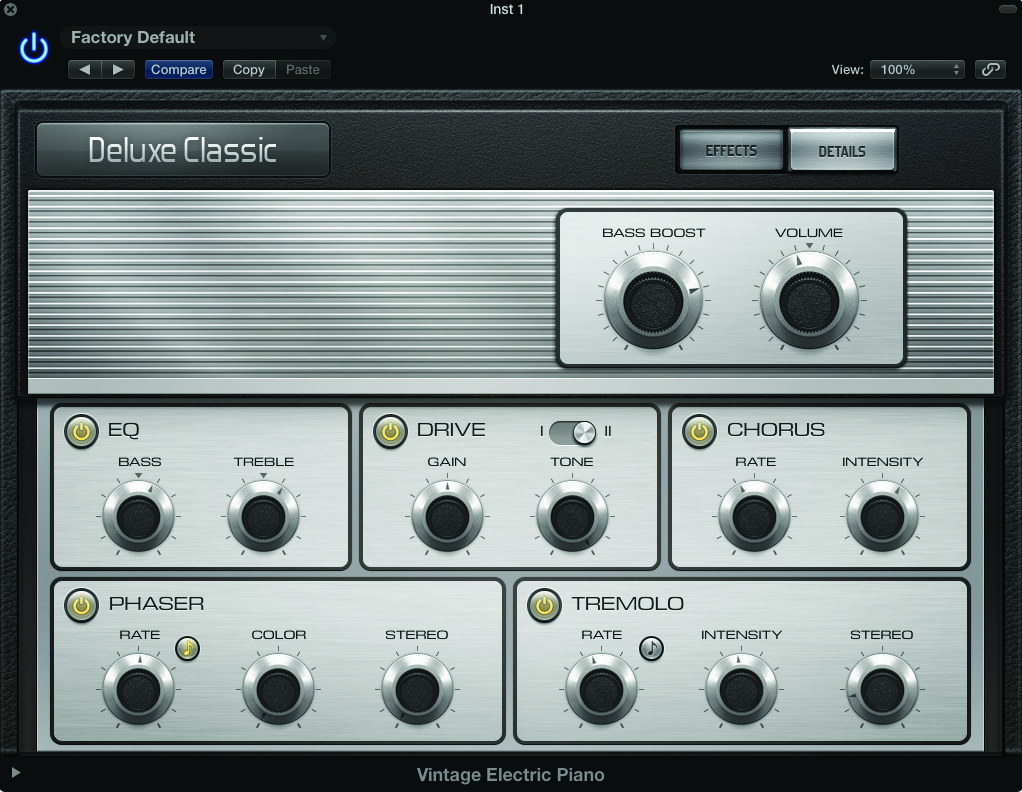
6: For a more ballad-like tone to your Electric Piano, try using the Chorus and Phaser modules. Of the two effects, Chorus has a softer sound, especially on lower Intensity setting, while the Phaser has a more pronounced and noticeable sweeping effect.
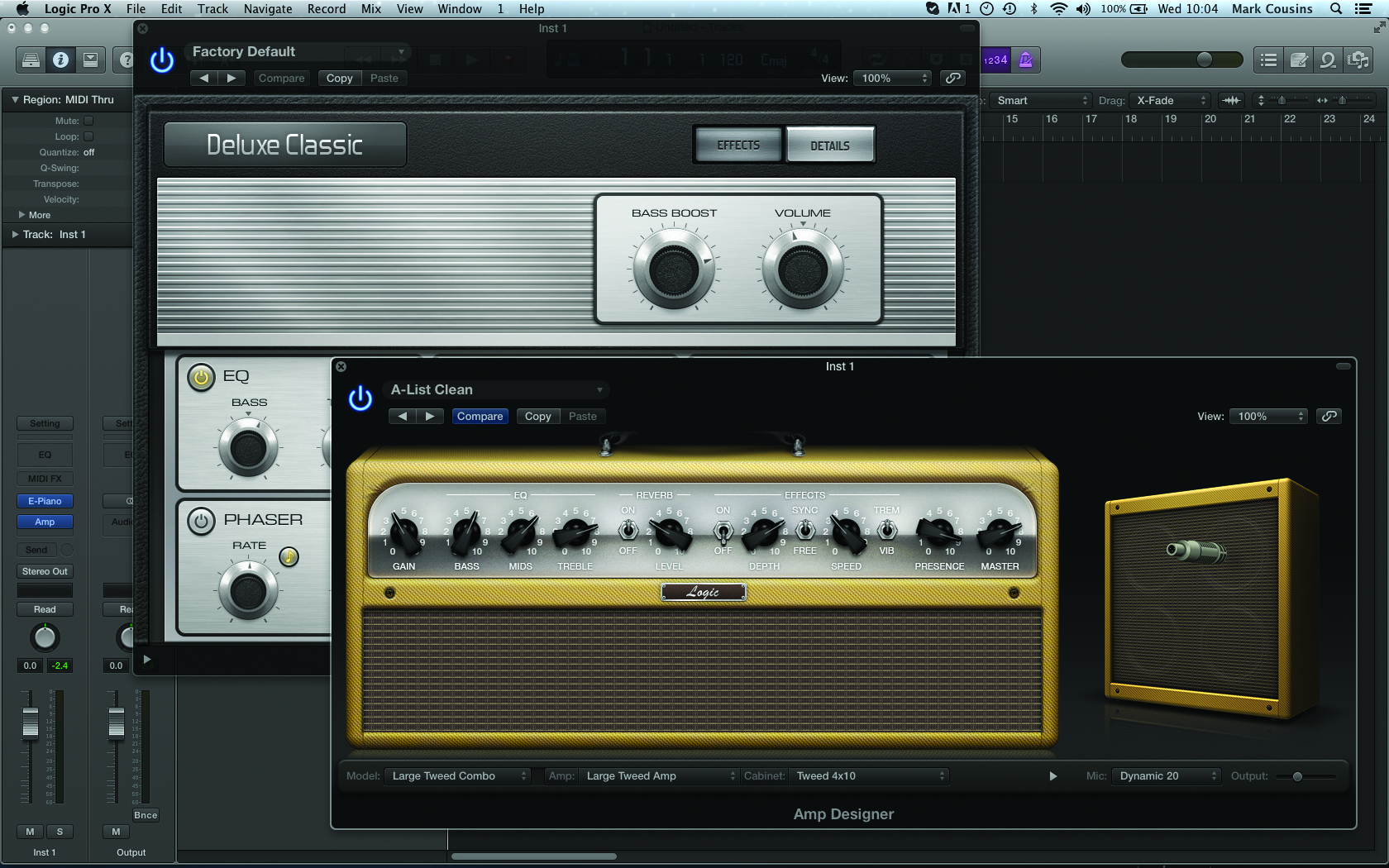
7: For an authentic low-fi sound, consider playing the Vintage Electric Piano through an instance of Amp Designer, as players would have done in the 60s and 70s. You’ll want to lower the drive on the instrument itself, so start by exploring the cleaner amp tones.
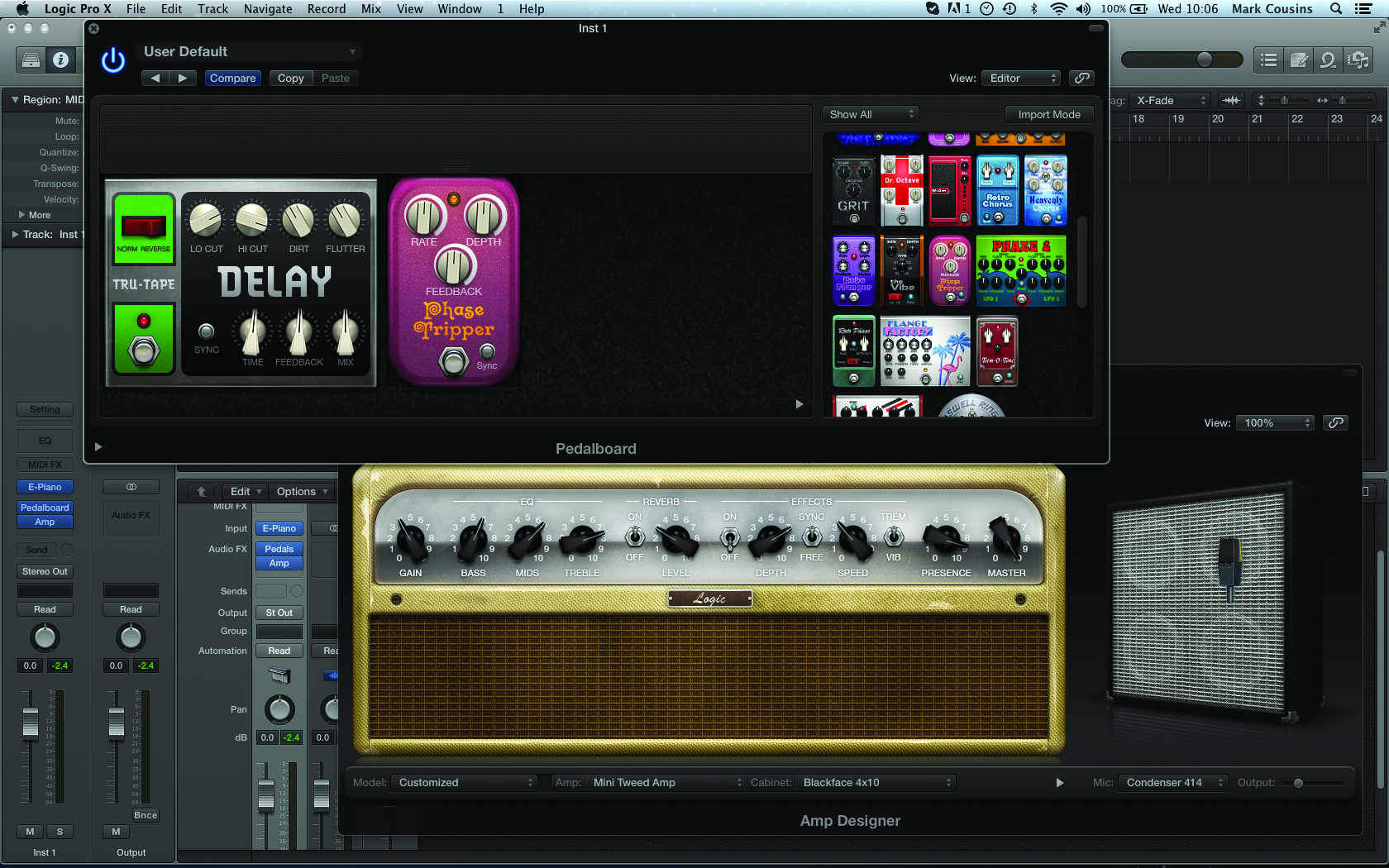
8: This patch takes the amplifier concept one stage further, adding an instance of Pedalboard before Amp Designer. A combination of Tape Delay and Phase Tripper produce a suitably psychedelic sound, with both the delay and phaser being coloured by the amp.
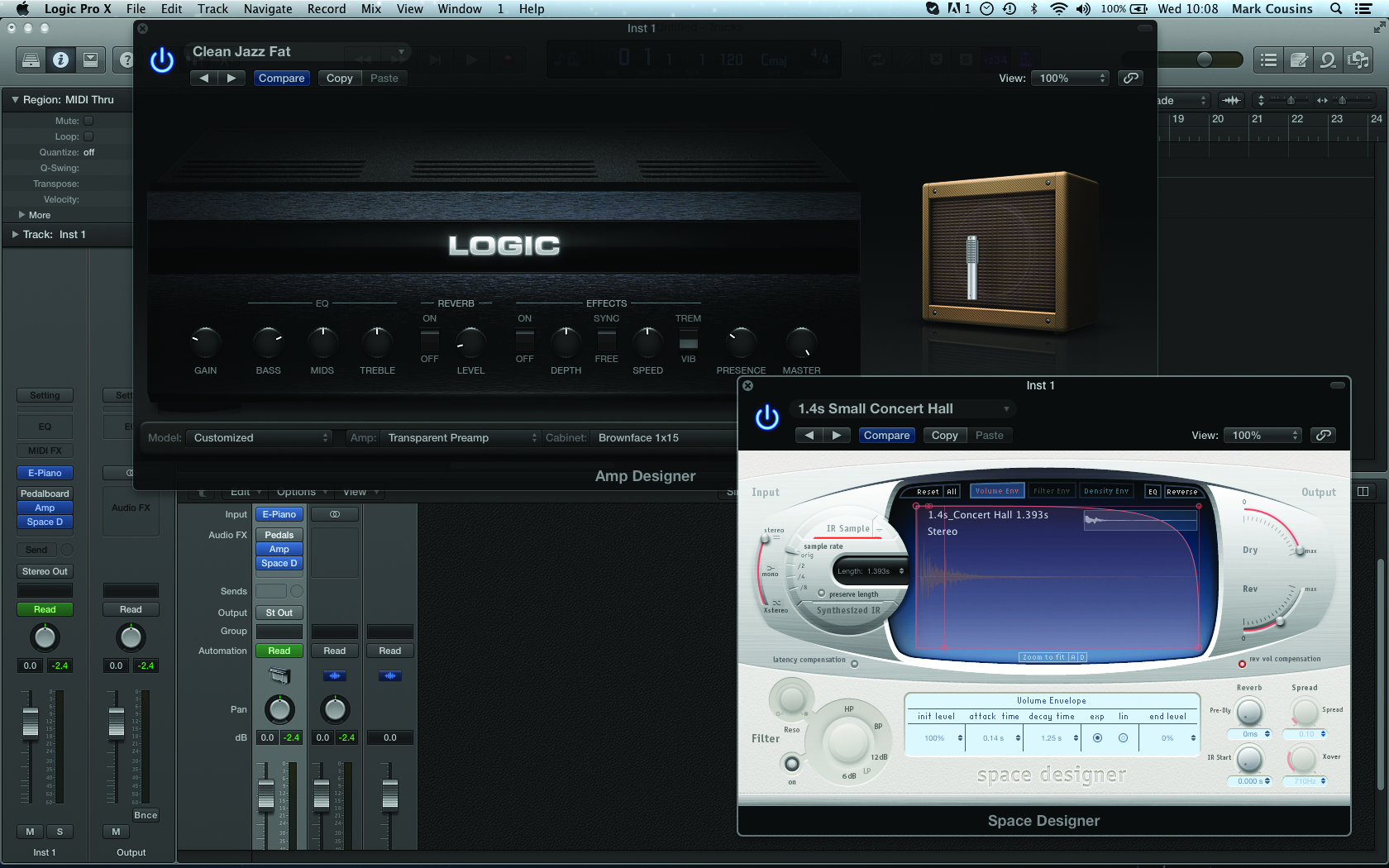
9: Here’s a contrasting setting, using the Transparent Preamp and just a touch of colouration from the speaker cabinet and ribbon mic. Placing an instance of Space Designer after Amp Designer places the speaker in a natural-sounding virtual room.
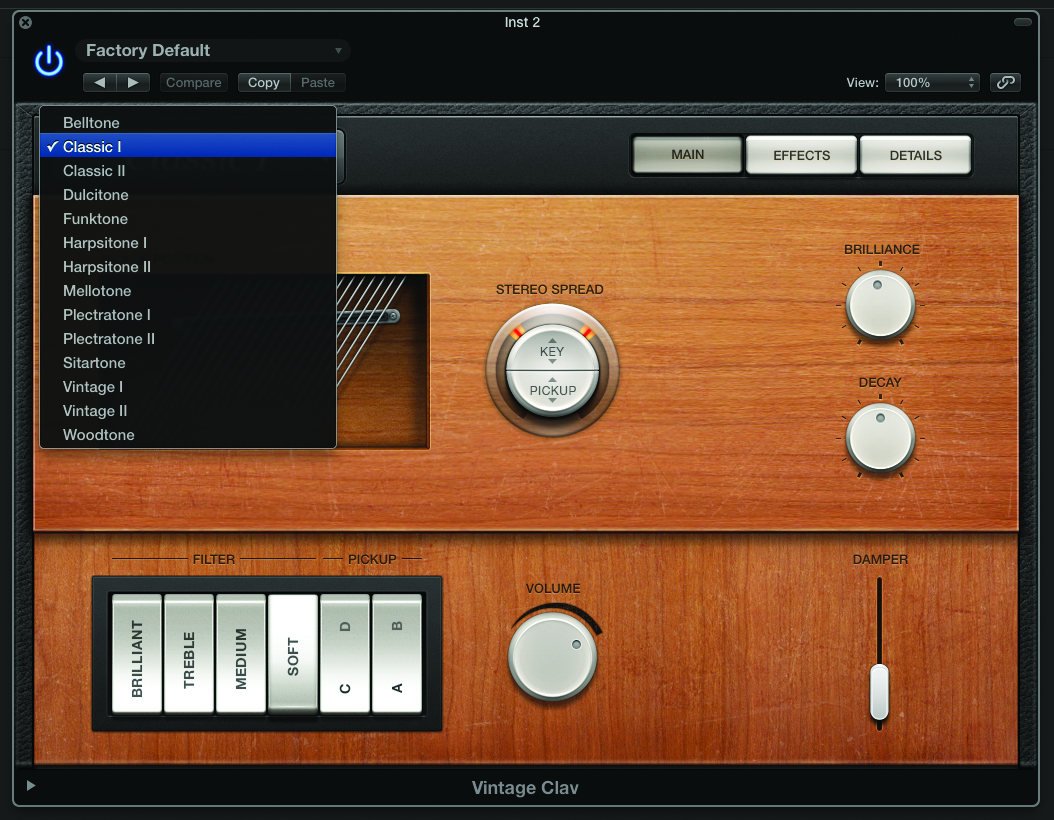
10: Like the Vintage Electric Piano, the Vintage Clav includes a range of different models, some more realistic than others. The Classic I and II models are closest to the original Clavinet sound, with Vintage I and II offering a more ‘aged’ sound.
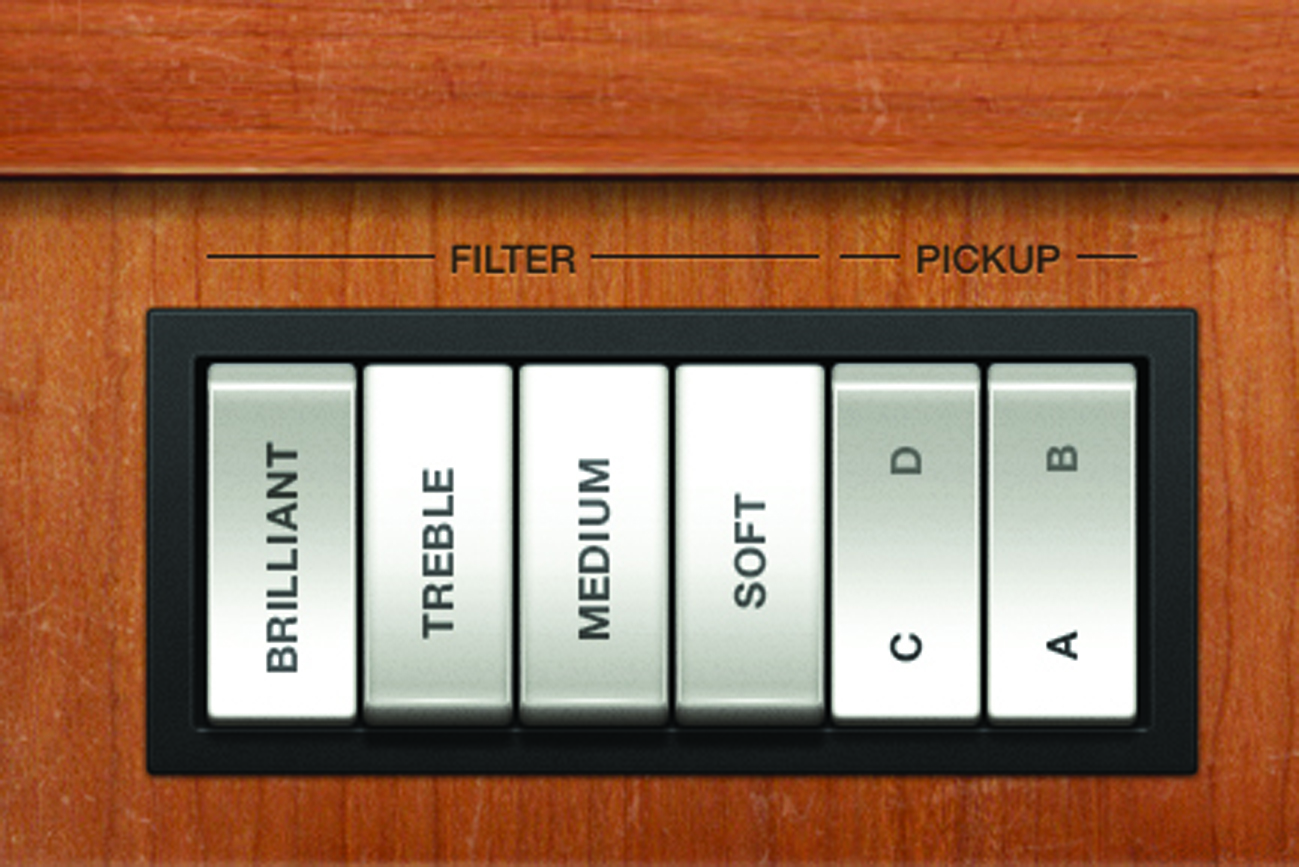
11: The filter rocker switches can be a bit confusing. With the rocker switch towards you, the accompanying filter band is active. In essence, these are four band-pass filters (Brilliant, Treble, Medium and Soft), each progressively lower in the audio spectrum.
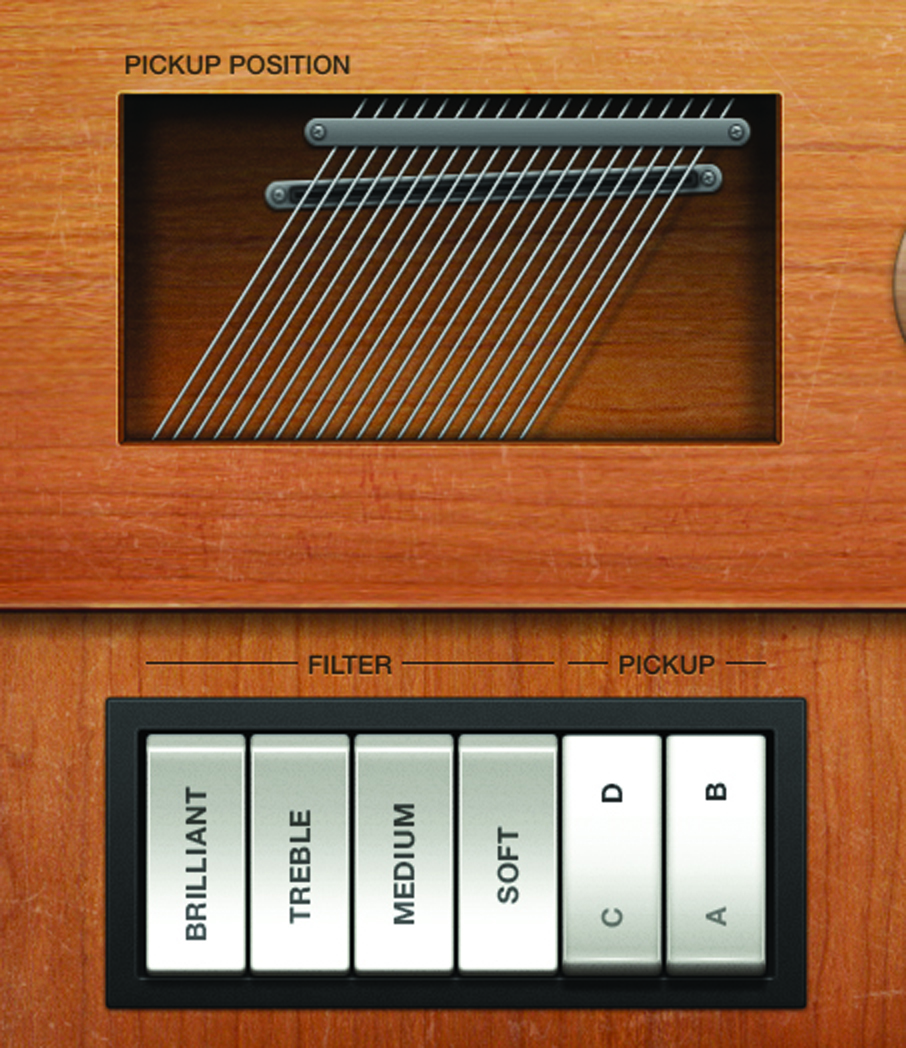
12: If you want the Clavinet to sit in a narrow part of the frequency spectrum, use just a single filter band setting, with Brilliant being the shrillest. For a fuller setting, consider using two, three or four of the bands in tandem.
